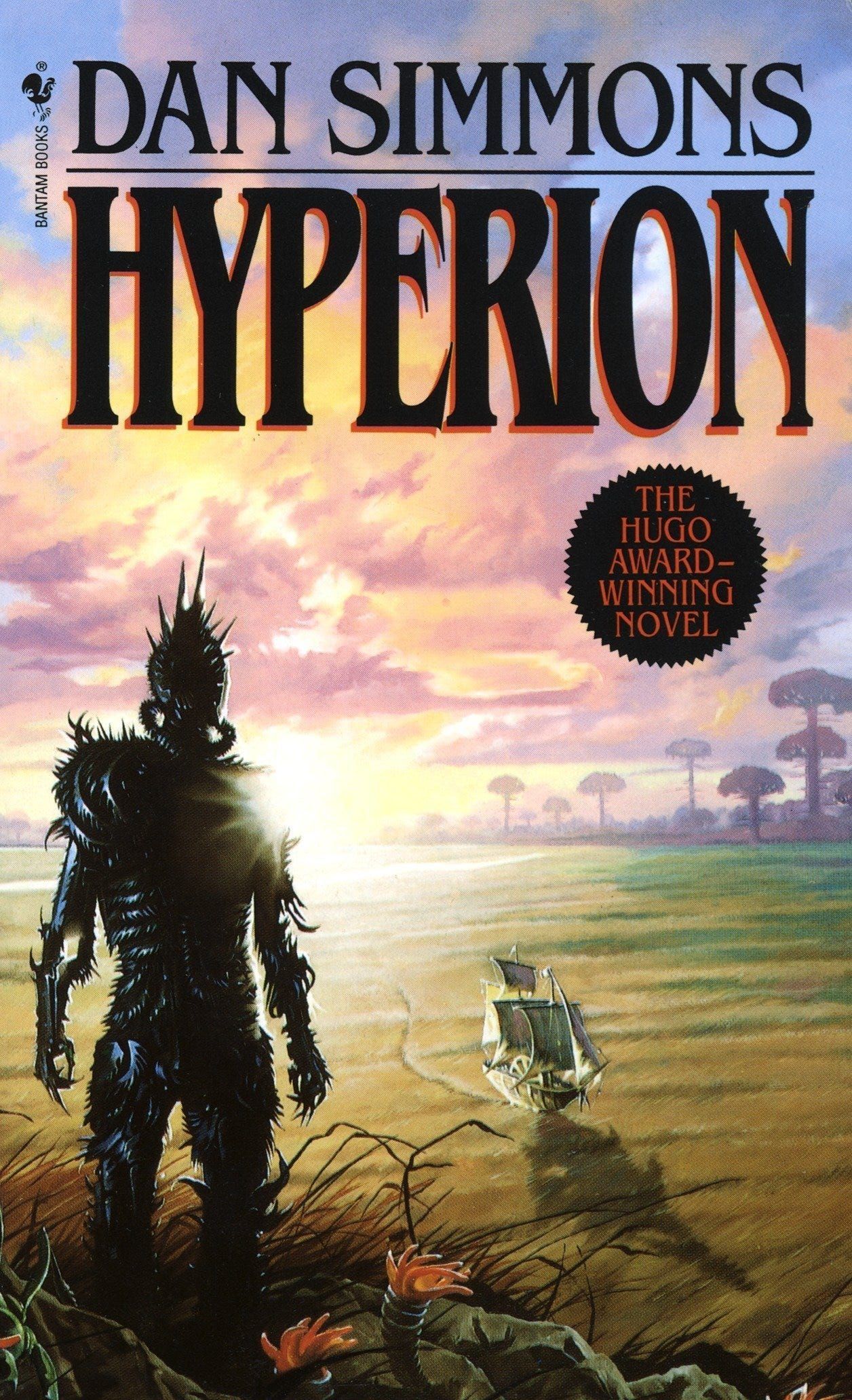
Finally got around to reading this. Several people with impeccable taste in science fiction and literature have recommended it to me over the years. I think it succeeds in both. Its structure is reminiscent of The Canterbury Tales by Geoffrey Chaucer. It was written in 1989.
It’s also curiously relevant, as good science fiction often is, to issues today, particularly with AI. Hyperion is a planet on the outskirts of civilization, not part of the connected web of worlds managed by the Hegemony. The Hegemony is a collection of governed planets, heavily reliant on a civilization of AI called the Technocore which has evolved far beyond human capabilities and has separated itself from humans to pursue its own agendas but still provides critical support for managing complexities of human infrastructure and between world travel. When the book starts, Hyperion is on the brink of invasion from the Ousters, an independent group living outside the Hegemony’s control. Hyperion is nexus to a religious sect which worships a nebulous and deadly entity living on the planet called a Shrike. The Shrike guards a structure named the Time Tombs, which appears to be moving backwards in time. The stories of 6 individuals on the last pilgrimage to Hyperion lay out how this all ties together. They tell their stories as they approach the planet that everyone else is trying to flee. They plan to unlock the secrets of the time tombs before enemies invade the planet and get the alien technology.